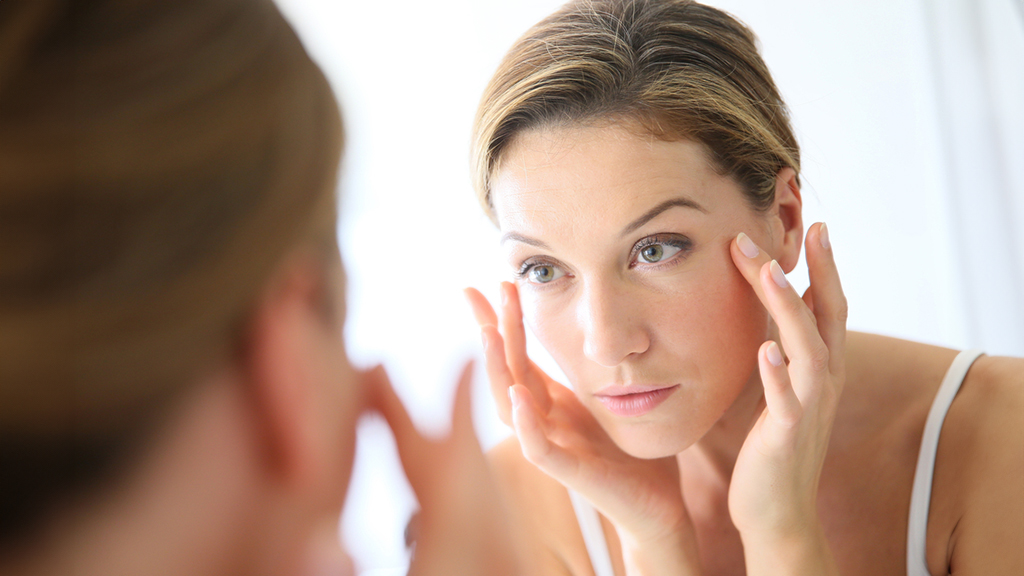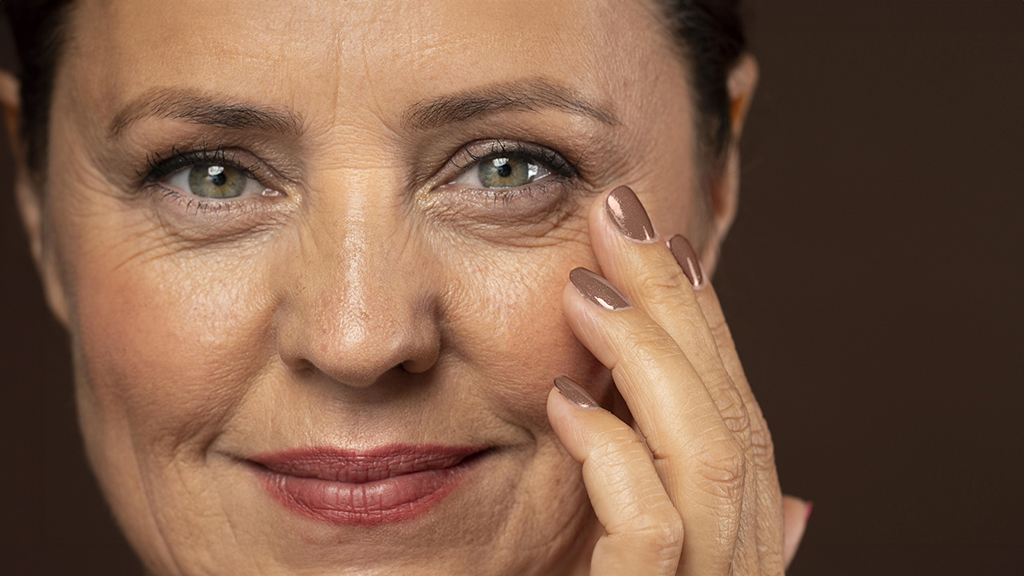Ear Correction
Otoplasty is the medical term for Ear Correction. It involves adjusting the shape of the cartilage of the ear, allowing folds to be created that enable the ear to lie close to the side of the head.
It has been estimated that as much as 2% of the population consider that their ears stick out too much. It is often found that this characteristic has been inherited. Whilst prominent ears usually occur on both sides, occasionally the problem may affect only one ear.
Who is suitable for Otoplasty surgery?
If the problem is identified closely after birth, then the condition can be treated conservatively, simply by applying an appropriate splint.
However, only a few months later, the cartilage of the ear will have become considerably stiffer, and the splint may need to be in place for many months, even then not always guaranteeing success.
Typically, after the age of six months, the only viable option is surgical correction.
What to consider at this stage
- Most Surgeons recommend waiting until at least the age of 5 to correct prominent ears.
- Many parents are keen to have the ear correction carried out as early as possible, fearing that their child will be stigmatized at school. However, it is generally more prudent to wait until the child actually mentions the problem.
How is Otoplasty surgery performed?
- In adults, otoplasty surgery is typically performed under either local anaesthetic alone, or local anaesthetic with sedation.
- In the case of children, a general anaesthetic is usually administered.
- An incision is made behind the ear, in the groove between the ear and the side of the head. This leaves a scar that is well-concealed.
- If the ear lobe is also large, then it is possible to reduce its size during the same operation.
- Otoplasty surgery takes about 45 minutes.
- Many patients return home the same day. Some patients may stay in hospital overnight.
- For those engaged in non-physical work, expect returning to work within 1 week.
- Expect returning to normal physical exercise within 2 to 4 weeks.
After the operation
As is the case with all surgery, after otoplasty surgery you must expect to feel somewhat bruised and sore. Simple paracetamol is usually all that is required.
Most patients experience tender ears for several weeks following surgery. A small dressing is usually worn for about 5 days, at which time sutures are removed as necessary.
Once the dressing has been removed, it is wise to wear a protective head-band or bandage when sleeping so as to avoid the ears being bent forward against the pillow. This is usually worn for 2 to 3 weeks.
Risks & Complications
Cosmetic surgery is amongst the safest of medical procedures. However, patients must understand and accept that no surgical procedure is totally without risk.
For information concerning the risks and complications associated with Ear Correction, please refer to Risks and Complications of Otoplasty.
At Consultation, your surgeon will discuss these risks with you.
How long will the results of your otoplasty surgery last?
For the large majority of patients, the result of otoplasty surgery is permanent. There are however a small group of patients who may require a minor adjustment to their surgery.
For details about procedures and treatments or for a consultation, advice and prices from our Dubai clinic please call +971 4 431 2396 or use our online form.



